Authored by Mike McQueen and John MacArthur, Portland State University
Electric bikes (e-bikes) are quickly becoming common in U.S. cities and suburbs, but we still have a ways to go compared to our neighbors across the Atlantic. In recent years, e-bike sales have steadily increased with unprecedented growth in Europe, especially in the Netherlands. Can the U.S. catch up? E-bikes offer a cheaper alternative to car travel and also provide physical activity. Riders with limited physical ability find that e-bikes extend their overall mobility. Beyond the practical, e-bikes are also just fun to ride. In fact, e-bikes encourage users to cycle farther and more often than conventional bicycles. More importantly to local and regional U.S. governments, e-bikes could be a useful tool to address our current climate crisis by reducing transportation greenhouse gas (GHG) emissions.
Related research: MacArthur and McQueen are also working with the National Science Foundation to collect e-bike user data via onboard technology. To learn more or participate in that study, visit the Mobility By E-Bike Project.
E-bike incentive programs in the U.S. remain relatively small in scale. Currently, California and Oregon offer statewide incentive programs that provide rebates towards the purchase of battery electric vehicles (BEV), plug-in hybrid electric vehicles (PHEV), and fuel cell electric vehicles (FCEV). These programs are intended to reduce state GHG emissions from the transportation system. Could incentivizing e-bikes also be a cost-effective way for regions to reach their greenhouse gas emission reduction goals?
Today the Transportation Research and Education Center (TREC) at Portland State University launches a new Electric Vehicle Incentive Cost and Impact Tool. This online tool enables policymakers, public stakeholders, and advocates to quickly visualize the potential outcomes of an electric vehicle incentive program made up of several vehicle types. The tool estimates the cost efficiency of a proposed program in terms of the cost per kg CO2 avoided by each mode over the course of one year. It also takes the proposed budget into consideration to calculate the potential number of incentives to be made available and the amount of total CO2 that would be avoided due to internal combustion engine automobile (ICE) VMT displacement.
To show you how it works, we tried out the tool with Oregon as a case study. Currently, the state sets aside about $12M per year for its Oregon Clean Vehicle Rebate Program, with rebates usually offered at $2,500 each for BEV and PHEV vehicles with battery capacity of 10 kWh or more and $1,500 for vehicles with batteries with less than 10 kWh. How do BEVs, PHEVs, and e-bikes compare in terms of incentive program cost efficiency and greenhouse gas emissions avoided?
USING THE EV INCENTIVE COST AND IMPACT TOOL: AN OREGON CASE STUDY
Creating your EV Incentive Program
First, let’s get the tool set up with information for the state of Oregon. We’ve designed the tool with all of the data you need, and you simply choose the presets for your scenario. It’s also easy to use your own data by just entering it directly into the tool. Apply presets with information for the electricity generation emissions profile from the US EPA eGRID, average car travel information from the NHTS, and national ICE fuel efficiency information from the US Bureau of Transportation Statistics.
[[{"fid":"4916","view_mode":"default","fields":{"format":"default"},"type":"media","field_deltas":{"19":{"format":"default"}},"attributes":{"class":"media-element file-default","data-delta":"19"}}]]
Next, apply some information about the vehicles you’re looking to incentivize. Again, we’ll just use presets that we’ve created:
The E-Bike preset is an average of the fuel economies of several e-bike models studied in a recent paper by Efficiency Vermont. It may be unreasonable to expect most people to completely replace all of their automobile VMT with an e-bike. To account for this, we specify that the average user will only replace 15% of their VMT with their incentivized e-bike.
The BEV preset is a weighted average of fuel economies provided by the US EPA of the current BEV fleet in Oregon.
Similarly, the PHEV preset is a weighted average of fuel economies provided by the US EPA of the current PHEV fleet in Oregon. Fleet information was obtained from the Oregon Department of Transportation (ODOT) based on historical rebate distribution within the state.
[[{"fid":"4917","view_mode":"default","fields":{"format":"default"},"type":"media","field_deltas":{"20":{"format":"default"}},"attributes":{"class":"media-element file-default","data-delta":"20"}}]]
Lastly, we can set our incentive amounts and total budget. We can also choose how to distribute our budget among the vehicles we’re incentivizing. Let’s set the BEV and PHEV incentive to $2,500 and the total budget to $12M, similar to Oregon’s current program. We’ll try out an e-bike incentive of $350, and for this example we’ll split the budget evenly among each vehicle type.
[[{"fid":"4901","view_mode":"default","fields":{"format":"default"},"type":"media","field_deltas":{"4":{"format":"default"}},"attributes":{"class":"media-element file-default","data-delta":"4"}}]]
Once you’re all done creating your incentive program scenario, you can export a report for quick reference when discussing options with other stakeholders.
Review the Results: What did we find in Oregon?
First off, we get some information about incentive cost efficiency. It turns out that the e-bike incentive is more cost efficient, in terms of cost per kg CO2 saved, than both the BEV and PHEV incentives.
[[{"fid":"4902","view_mode":"default","fields":{"format":"default"},"type":"media","field_deltas":{"5":{"format":"default"}},"attributes":{"width":"600","class":"media-element file-default","data-delta":"5"}}]]
[[{"fid":"4904","view_mode":"default","fields":{"format":"default"},"type":"media","field_deltas":{"7":{"format":"default"}},"attributes":{"class":"media-element file-default","data-delta":"7"}}]]
Next, we can look at the total number of incentives our program is able to provide. Because the e-bike incentive is much lower in price, the program is able to impact almost 10 times as many people’s lives with a new e-vehicle compared to the BEV or PHEV incentives given our $12M budget.
[[{"fid":"4903","view_mode":"default","fields":{"format":"default"},"type":"media","field_deltas":{"6":{"format":"default"}},"attributes":{"width":"600","class":"media-element file-default","data-delta":"6"}}]]
[[{"fid":"4905","view_mode":"default","fields":{"format":"default"},"type":"media","field_deltas":{"8":{"format":"default"}},"attributes":{"class":"media-element file-default","data-delta":"8"}}]]
Lastly, let’s look at the GHG impacts of our program over the course of 1 year. The program is able to reduce the amount of CO2 emissions of one year by about 25M kg thanks to the incentive program we designed. Given how we’ve structured this incentive program, e-bikes make up the largest portion of this CO2 savings, about 40% of the entire impact.
[[{"fid":"4906","view_mode":"default","fields":{"format":"default"},"type":"media","field_deltas":{"9":{"format":"default"}},"attributes":{"width":"600","class":"media-element file-default","data-delta":"9"}}]]
[[{"fid":"4907","view_mode":"default","fields":{"format":"default"},"type":"media","field_deltas":{"10":{"format":"default"}},"attributes":{"width":"600","class":"media-element file-default","data-delta":"10"}}]]
“What-if” Scenarios for E-bike Incentive Amounts
Let’s do a quick set of “what-if” scenarios to see how changing the e-bike incentive from $350 impacts the results.
What if the e-bike incentive was $150?
What we found for a $150 e-bike incentive (versus $350):
- The cost per kg of CO2 saved has decreased, from $0.40 to $0.17.
- The number of e-bike incentives we can offer has more than doubled, from 11,314 to 26,400.
- Similarly, the amount of CO2 avoided due to e-bikes has also more than doubled, from 10.2M kg to 23.9M kg. This accounts for 61% of the total CO2 savings in this case.
What if the e-bike incentive was $500?
What we found for a $500 e-bike incentive (versus $350):
- The cost per kg CO2 saved has gone up from our initial case study, from $0.40 to $0.55 per kg CO2 saved. However, this is on par with the cost efficiency of the PHEV incentive.
- The number of e-bike incentives that can be offered has decreased, from 11,314 to 7,920. However, we’re still able to offer more incentives than the BEV and PHEV incentives combined.
- Lastly, the total CO2 saved has also declined, from 10.2M kg to 7.2M kg, although it is still on par with the BEV and PHEV categories.
Final Thoughts
This case study has shown that e-bikes could be a strong player as part of a CO2 avoidance e-vehicle incentive program. In some cases, e-bikes could perform better than electric vehicles in terms of cost efficiency, number of incentives provided, and total CO2 saved.
The Electric Vehicle Incentive Cost and Impact Tool is available online, and is able to generate a downloadable report for sharing purposes.
Contact John MacArthur (macarthur[at]pdx.edu) with any questions or comments about the tool, and let us know how you used it!
ABOUT THE AUTHORS
John MacArthur
Sustainable Transportation Program Manager
John MacArthur is the Principal Investigator for TREC's electric bicycle research initiatives. His research also includes low-/no-emission vehicle infrastructure in Portland metro, as well as a climate change impact assessment for surface transportation in the Pacific Northwest and Alaska. Before joining the TREC staff, John was the Context Sensitive and Sustainable Solutions Program Manager for the Oregon Department of Transportation’s OTIA III State Bridge Delivery Program.
Mike McQueen
Graduate Research Assistant
Mike McQueen is a second year master's student working with John MacArthur of TREC and Dr. Kelly Clifton of the MCECS Department of Civil and Environmental Engineering. Currently, Mike is researching e-bike travel behavior and micromobility as an Eisenhower Fellow. In the past, he has studied e-bike purchase incentive programs, the potential positive environmental impact of e-bikes in Portland, BIKETOWN, and the demographics of zero car households.
The Transportation Research and Education Center (TREC) at Portland State University is home to the National Institute for Transportation and Communities (NITC), the Initiative for Bicycle and Pedestrian Innovation (IBPI), and other transportation programs. TREC produces research and tools for transportation decision makers, develops K-12 curriculum to expand the diversity and capacity of the workforce, and engages students and professionals through education.

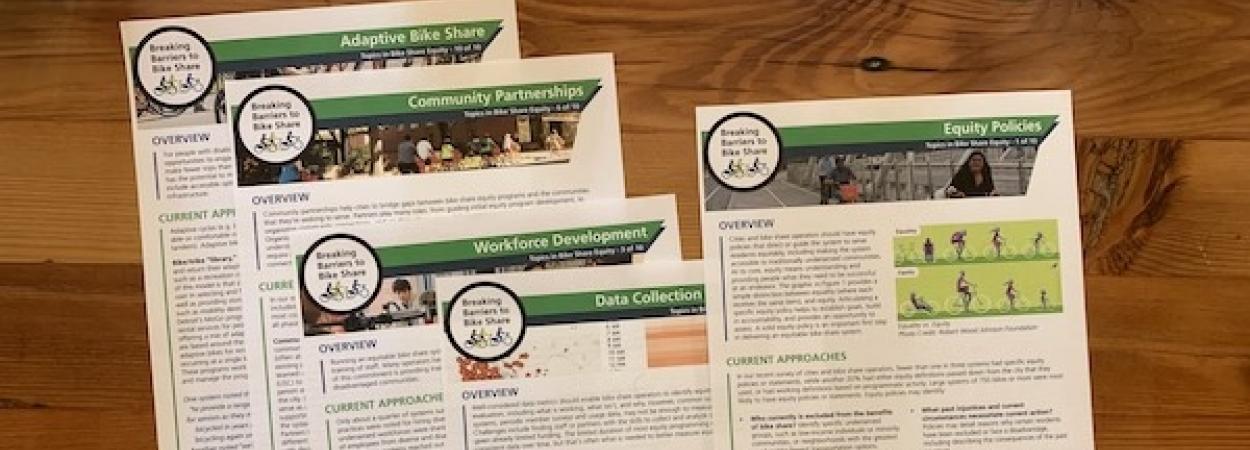


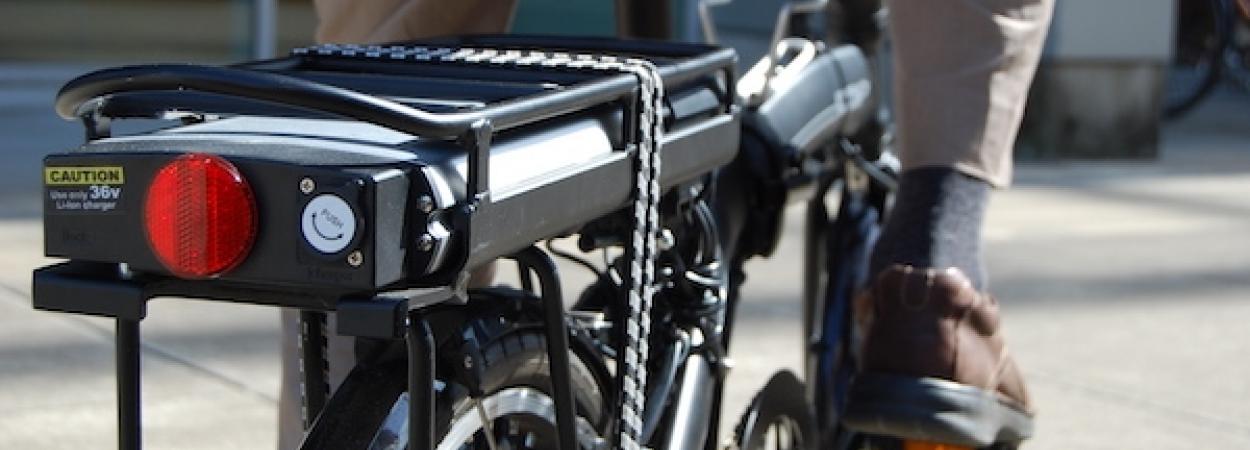
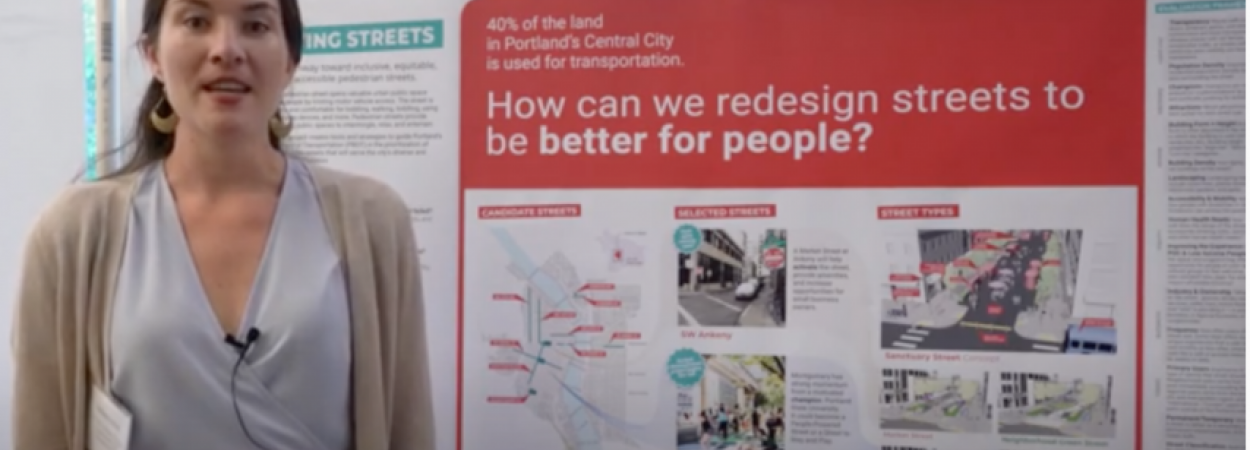


 Tammy Lee, Ph.D.
Tammy Lee, Ph.D.
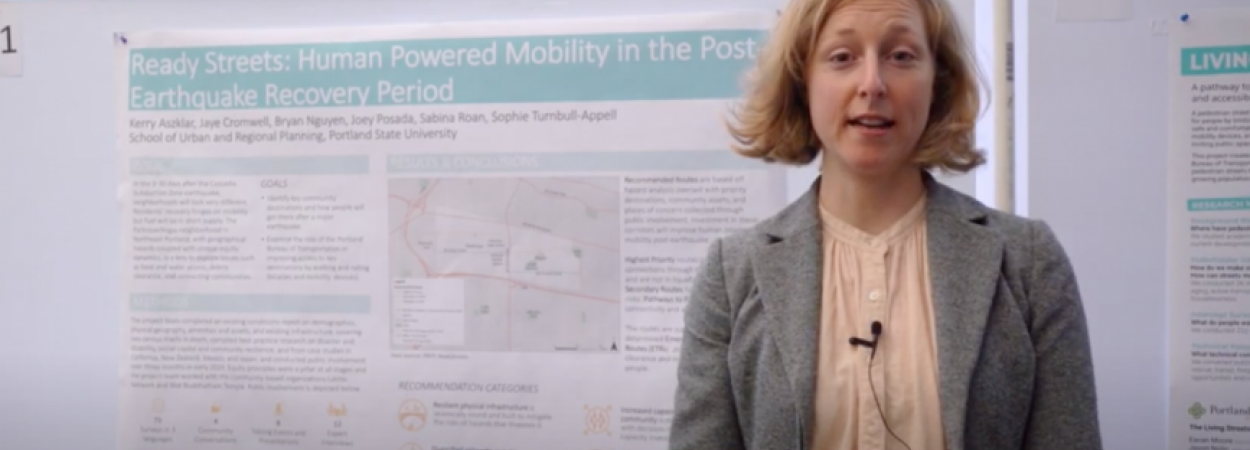

 Darshan Chauhan (see his NITC student spotlight here)
Darshan Chauhan (see his NITC student spotlight here) Rob Hemphill is a student in the Master of Urban and Regional Planning, interested in the intersection of transportation, housing, and land use to create complete and equitable neighborhoods. His academic work includes researching anti-displacement strategies for businesses impacted by the SW Corridor Light Rail, assessing the sustainable transportation policy options in the City of Portland and Multnomah County Climate Action Plan, and addressing e-scooter parking compliance issues with NITC scholar Phil Longenecker. Prior to attending PSU, Rob worked in the energy efficiency sector, the nonprofit sector, and political campaigns. Outside of school, Rob has been an activist with No More Freeways and Portland For Everyone. He has volunteered for Oregon Walks and The Street Trust. He lives car free and sometimes tries to see how many mobility options he can use in a day, often on the way to and from Portland Thorns games.
Rob Hemphill is a student in the Master of Urban and Regional Planning, interested in the intersection of transportation, housing, and land use to create complete and equitable neighborhoods. His academic work includes researching anti-displacement strategies for businesses impacted by the SW Corridor Light Rail, assessing the sustainable transportation policy options in the City of Portland and Multnomah County Climate Action Plan, and addressing e-scooter parking compliance issues with NITC scholar Phil Longenecker. Prior to attending PSU, Rob worked in the energy efficiency sector, the nonprofit sector, and political campaigns. Outside of school, Rob has been an activist with No More Freeways and Portland For Everyone. He has volunteered for Oregon Walks and The Street Trust. He lives car free and sometimes tries to see how many mobility options he can use in a day, often on the way to and from Portland Thorns games.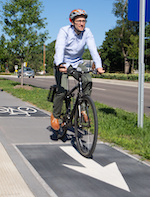 Philip Longenecker is a transportation planner at Alta Planning + Design, working on a range of projects including bicycle, pedestrian and trail master plans; new mobility strategies, statewide active transportation plans, encouragement and education programs, and bike share projects. He is a current masters student studying urban and regional planning at Portland State University. He has also been a bicycle and pedestrian planning intern for Hennepin County in Minnesota, as well as worked for the City of Minneapolis prior to moving to the Pacific Northwest.
Philip Longenecker is a transportation planner at Alta Planning + Design, working on a range of projects including bicycle, pedestrian and trail master plans; new mobility strategies, statewide active transportation plans, encouragement and education programs, and bike share projects. He is a current masters student studying urban and regional planning at Portland State University. He has also been a bicycle and pedestrian planning intern for Hennepin County in Minnesota, as well as worked for the City of Minneapolis prior to moving to the Pacific Northwest. Briana Orr is a Capital Projects Planner at the Portland Bureau of Transportation (PBOT), advancing the delivery of
Briana Orr is a Capital Projects Planner at the Portland Bureau of Transportation (PBOT), advancing the delivery of 

